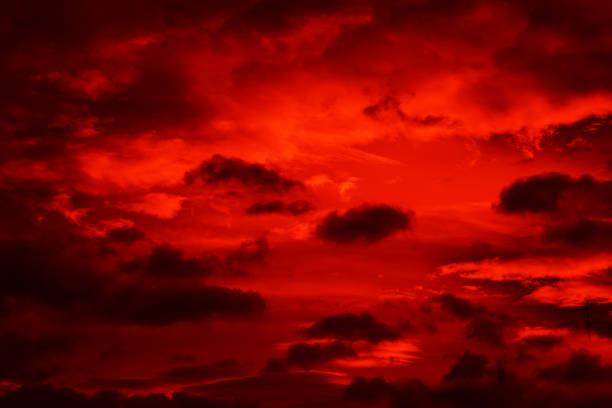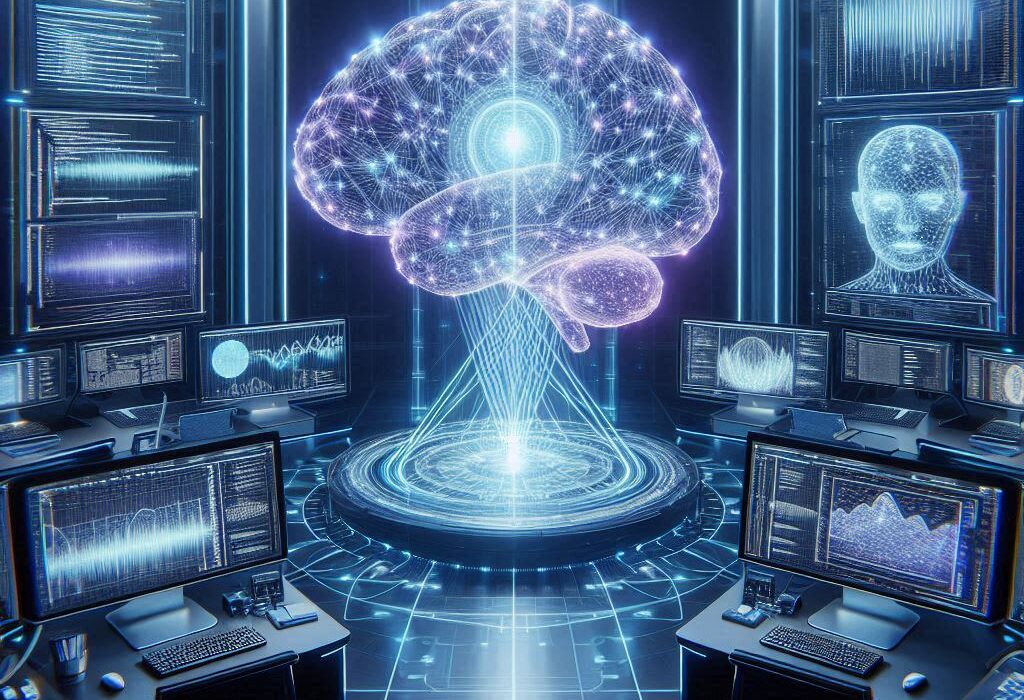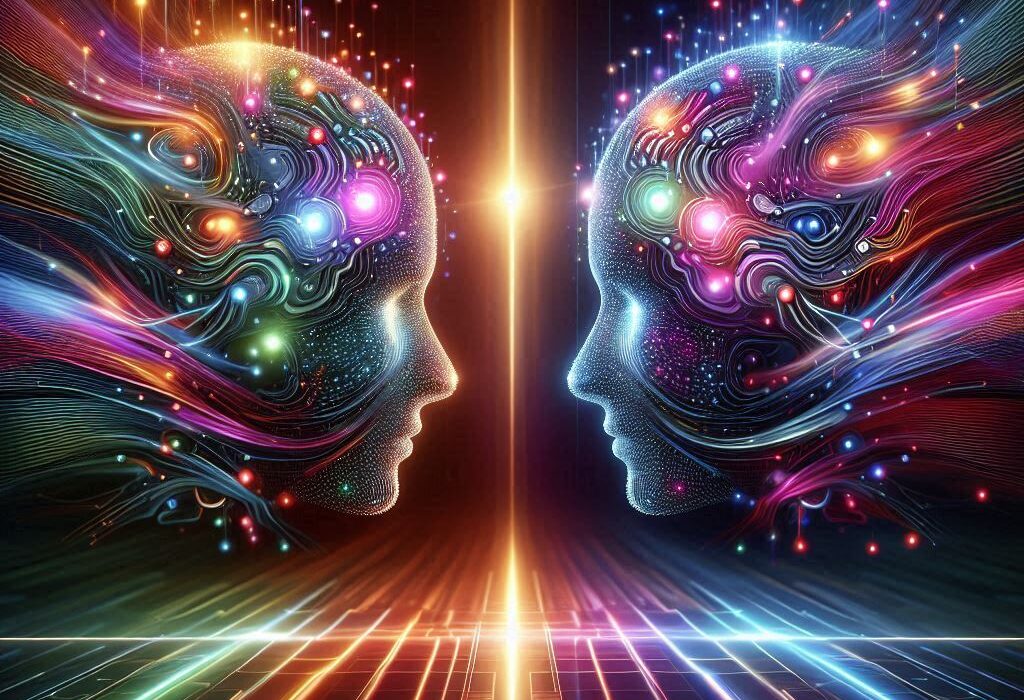From the beginning of human history, the sky has been one of our greatest teachers. Poets, philosophers, wanderers, and scientists alike have looked upward, captivated by its shifting moods. In the brightness of day, the sky appears like a boundless ocean of blue, stretching infinitely in all directions. At dusk, that same vast canvas transforms into a masterpiece painted with fire—hues of crimson, orange, pink, and violet blending into the approaching darkness. These daily wonders stir emotions, ignite imagination, and remind us of mysteries far larger than ourselves.
Why, though, is the sky blue? Why does the same Sun that burns golden-white at noon set in shades of red and purple at night? At first glance, these questions may seem simple, almost childlike. Yet their answers carry us deep into the realms of physics, light, and the very structure of our atmosphere. They connect our ordinary experiences of beauty with profound truths about nature. To follow this thread is to discover not only the science of light but also the poetry of existence itself.
Light: The Hidden Colors of the Sun
To understand the sky’s colors, we must first understand light itself. When we look at the Sun, we see a dazzling white brilliance that seems pure and singular. But white light is not a single entity—it is a symphony of colors blended together. Every rainbow reveals this truth, showing us the hidden spectrum that sunlight carries: red, orange, yellow, green, blue, indigo, violet.
These colors are not arbitrary. Each corresponds to a different wavelength of light. Red light has the longest wavelength, stretching about 700 nanometers, while violet light is the shortest, around 400 nanometers. In between lie all the other hues. The shorter the wavelength, the more energetic the light wave. When white sunlight enters Earth’s atmosphere, it encounters countless tiny particles—molecules of nitrogen, oxygen, and dust—that scatter the light in every direction.
Here lies the secret to the sky’s shifting colors. Not all wavelengths scatter equally. The shorter the wavelength, the more readily it is scattered by tiny particles. This means blue and violet light scatter far more than red and yellow. But our eyes are less sensitive to violet than to blue, and much of violet light is absorbed by the upper atmosphere. Thus, the dominant scattered color that paints our daytime sky is blue. What we see above us is not the direct sunlight but the scattered, filtered blue light filling every corner of the atmosphere.
Why Blue, Not Violet?
It may seem strange: if violet has an even shorter wavelength than blue, shouldn’t the sky appear violet? In theory, yes. But the human eye is not a perfect detector of all wavelengths. Our vision evolved to be most sensitive to green and blue light, with less sensitivity toward the violet end of the spectrum. Moreover, the ozone layer in the upper atmosphere absorbs much of the incoming violet light. The combination of human biology and atmospheric chemistry tips the balance toward blue.
Thus, the blue sky is a marriage of cosmic laws and human perception. Without our particular biology, another species might see the sky differently. Perhaps to an alien eye sensitive to ultraviolet, the midday heavens would blaze in shades invisible to us. What we call blue is not an absolute reality but a harmony between physics and the gift of human sight.
The Dance of Light in the Atmosphere
When we gaze at the sky, we are actually looking through a vast filter: Earth’s atmosphere. Our planet is wrapped in a delicate layer of gases, mostly nitrogen and oxygen, which together form a lens for sunlight. This lens scatters light in a process known as Rayleigh scattering, named after Lord Rayleigh, who described it in the 19th century.
Rayleigh scattering is most effective when the particles causing it are much smaller than the wavelength of light. Molecules of air, being tiny compared to light waves, scatter shorter wavelengths with far greater intensity. Mathematically, the intensity of scattering is inversely proportional to the fourth power of wavelength. That means blue light, at about 450 nanometers, is scattered almost ten times more effectively than red light at 650 nanometers.
This disproportionate scattering explains the uniform blue dome above us. Sunlight streaming into the atmosphere is stripped of much of its short-wavelength light, which then fills the sky from every direction. No matter where you look—overhead, to the horizon—you are surrounded by the blue glow of scattered photons.
The Approach of Evening
If the day sky is a lesson in scattering, sunset is a lesson in distance. As the Sun sinks toward the horizon, its light must travel through a thicker slice of atmosphere to reach our eyes. At noon, sunlight plunges almost directly downward, passing through perhaps 10 kilometers of air. But near sunset, the path length can stretch to 40 times that. The atmosphere becomes a vast filter, stripping away colors.
Along this extended journey, the shorter wavelengths—blue and green—are scattered out of the direct path entirely. What remains is the longer wavelengths of orange, red, and yellow, which scatter less and thus dominate the Sun’s face. The result is the fiery spectacle of sunset. The sky glows with warm tones not because the Sun itself has changed but because our atmosphere has sifted and scattered its light, leaving only the embers to reach us.
This is why no two sunsets are ever alike. The precise hues depend not only on the Sun’s angle but on the conditions of the air. Dust, pollution, and water vapor all alter the scattering. A sky rich with volcanic ash can turn sunsets into surreal displays of purple and crimson. A sky swept clean after rain may glow with a more delicate pastel. Every evening painting is unique, composed by the invisible brush of particles floating above.
The Beauty of Imperfections
Paradoxically, the most breathtaking skies often owe their colors to “impurities” in the air. While pure Rayleigh scattering accounts for the blue of midday and the red of sunset, larger particles—dust, smoke, and water droplets—create a different phenomenon called Mie scattering. Unlike Rayleigh scattering, Mie scattering affects all wavelengths more evenly. It is less selective, producing white or grayish hues rather than vivid colors.
Yet in combination with Rayleigh scattering, Mie scattering enriches sunsets and sunrises. Dust from deserts, ash from distant volcanoes, even pollution from human activity can turn sunsets into spectacles of scarlet, gold, and violet. In this way, nature transforms imperfections into beauty. The air’s impurities become an artist’s pigments, painting skies that poets immortalize and lovers cherish.
The Emotional Science of Color
Though physics explains the mechanics, the emotional power of the sky’s colors cannot be reduced to equations. There is something profoundly human in the way we respond to blue skies and red sunsets. The blue of day conveys calm, serenity, and vastness. It invites us to dream, to wander, to feel connected to something infinite. Red sunsets, by contrast, stir passion and reflection. They remind us of endings, transitions, and the fleeting beauty of time.
For ancient cultures, these colors carried spiritual weight. The Egyptians associated blue with divinity and eternity, painting the heavens as the dwelling place of gods. In Hinduism, the sky-blue skin of deities like Krishna symbolized infinite power. Red sunsets were seen as omens, messages from the heavens, moments when the boundary between the earthly and the divine thinned. Today, even armed with scientific knowledge, we cannot escape the emotional resonance. Science has not stolen the magic; it has only deepened it. To know why the sky is blue is not to diminish its wonder but to marvel at how the cosmos conspires to produce beauty.
Beyond Earth: Skies of Other Worlds
Our sky’s colors are not universal. On Mars, where the thin atmosphere is laced with fine dust, the skies often appear butterscotch or pink, while sunsets glow in pale blue. On Titan, Saturn’s largest moon, a thick haze filters sunlight into golden-orange skies. Each planet and moon tells its story through its atmosphere. Earth’s blue and red are the products of our particular blend of nitrogen, oxygen, and water vapor, a delicate balance that makes our skies uniquely ours.
Imagining other skies helps us appreciate our own. The blue dome we take for granted is not inevitable. It is the result of billions of years of planetary evolution, the chemistry of life, and the physics of light. When astronauts look back at Earth from space and see its thin blue halo, they see not just an atmosphere but the fragile, wondrous filter that gives us our daily displays of beauty.
The Sky as a Mirror of Ourselves
Perhaps the most profound lesson is that the colors of the sky are both universal and personal. They arise from immutable physical laws, yet they change depending on where we stand, what time of day it is, and even who we are. To a scientist, the blue sky is Rayleigh scattering; to a poet, it is a symbol of infinity; to a child, it is simply wonder.
Sunsets, too, carry different meanings. For some, they are romantic; for others, melancholic; for many, spiritual. Yet beneath every interpretation lies the same simple cause: the bending, scattering, and filtering of light in air. The fact that cold physics produces such warmth of feeling is itself a miracle. It is a reminder that beauty is not something separate from nature but born of it. The universe does not create beauty for us—it simply is. And yet, through our perception, through our consciousness, beauty emerges as the deepest truth of existence.
The Endless Questioning
Why is the sky blue? Why are sunsets red? These questions are answered with the language of science, but they also point to something larger: the power of human curiosity. Every child who asks these questions continues the tradition of wonder that has driven humanity forward. From Aristotle, who puzzled over the colors of the sky, to Newton, who split light with prisms, to Rayleigh, who described scattering, each generation has passed the torch of inquiry.
Einstein himself once said that the most beautiful experience we can have is the mysterious. The sky embodies that truth. Its colors are mysteries revealed, yet never exhausted. Even knowing the equations, we look up and feel awe. Knowledge does not diminish wonder; it multiplies it.
A Daily Gift
Every day, without fail, the sky offers us its masterpiece. The morning brings a fresh blue dome, promising clarity and life. Evening offers a fiery farewell, reminding us of transience and renewal. We need not climb mountains or travel to distant lands to see the sublime. It is above us always, free and infinite, a theater of light and air.
To understand why the sky is blue and sunsets go red is to touch the heart of physics, perception, and beauty all at once. It is to see how particles smaller than we can imagine paint canvases larger than we can comprehend. It is to realize that we live not under a static dome but within a living, breathing atmosphere that constantly reshapes the Sun’s light into art.
And perhaps that is the final lesson: the sky is both science and poetry, both explanation and emotion. It is the world reminding us, every day, that beauty is born of law, and law is infused with beauty. To know the science is to deepen the poetry; to feel the poetry is to honor the science. In the end, the sky is blue and sunsets are red not just because of scattering, but because of the eternal interplay between the cosmos and the human soul.






